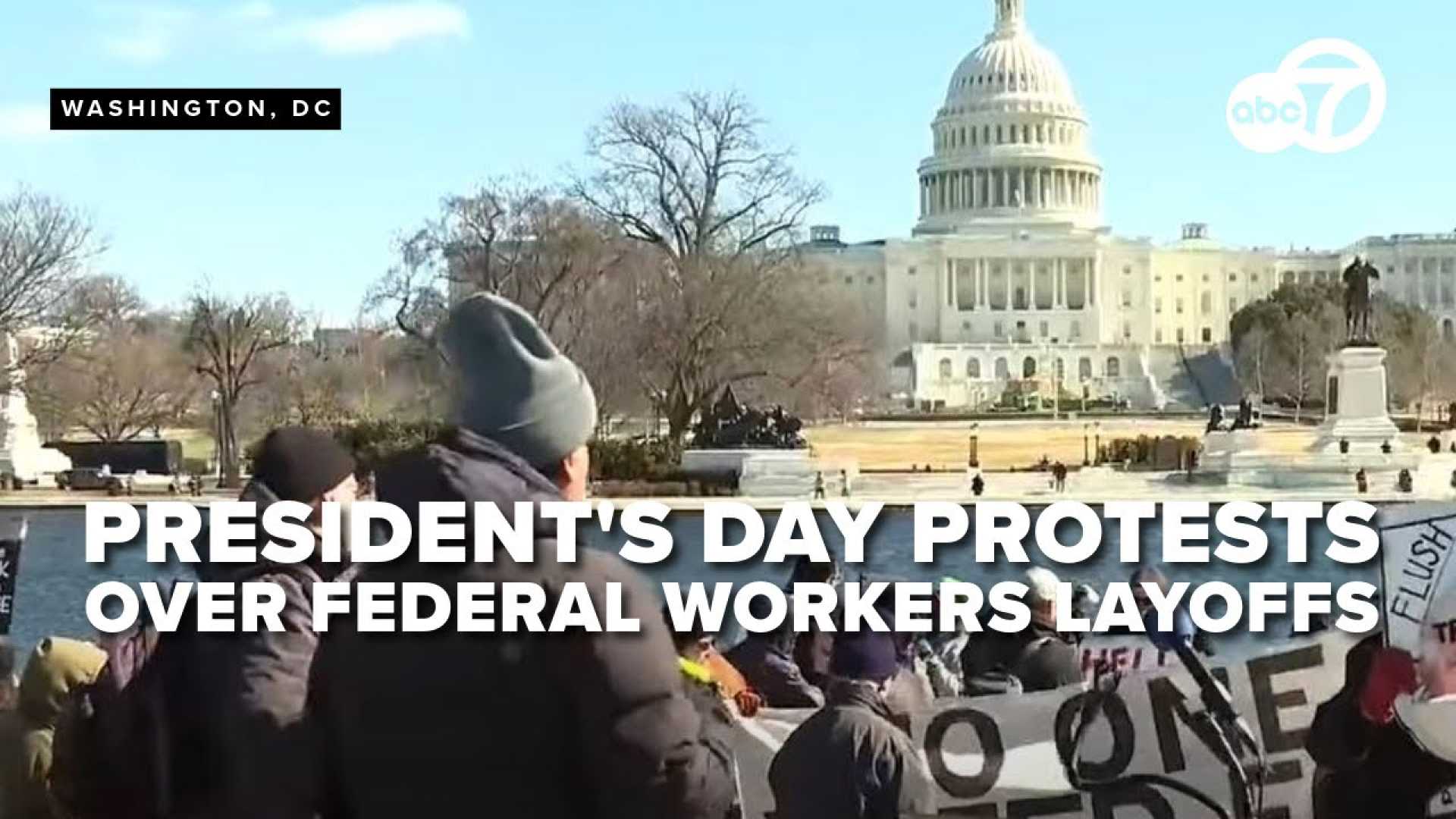News
Mass Layoffs of Federal Workers Spark Outrage Across the Nation

WASHINGTON, Feb. 14, 2025 — Federal employees nationwide expressed anger and confusion on Friday as the Trump administration moved to terminate nearly all probationary workers, part of its aggressive strategy to reduce the size of the federal workforce.
The decision to issue layoff notices to employees with less than a year in service has sent shockwaves through government agencies from Florida to Michigan. Many of those affected had already accepted a deferred resignation offer, which was supposed to provide them with pay through September 30, raising concerns about whether they would still face termination.
“This has been slash and burn,” said Nicholas Detter, a natural resource specialist from Kansas who was laid off via email on Thursday night. “None of this has been done thoughtfully or carefully.”
The White House and the Office of Personnel Management (OPM) have not disclosed how many probationary workers were let go as part of these sweeping measures. However, government data from March 2024 indicates that approximately 220,000 federal employees fall into this category.
Late Thursday, OPM confirmed in a statement that some termination notices had been sent in error and declared that buyout agreements would be honored. The notifications provided a chaotic experience for federal employees, many of whom received little to no explanation about their terminations.
The layoffs are part of a larger push spearheaded by the billionaire Elon Musk and his newly established Department of Government Efficiency (DOGE). On Tuesday, President Trump signed an executive order directing agency leaders to prepare for “large-scale reductions” in staff, citing the need to streamline government operations.
As part of these efforts, the Department of Veterans Affairs announced it had dismissed over 1,000 employees, including researchers focused on cancer treatment and opioid addiction, as reported by U.S. Senator Patty Murray. The education sector also felt the impact as dozens of special education specialists and student aid officials were let go.
At the U.S. Department of Agriculture, nearly 1,300 probationary employees—approximately 10 percent of the agency’s total workforce—were laid off. The new Agriculture Secretary Brooke Rollins remarked, “Clearly, it’s a new day,” during a White House briefing.
Andrew Lennox, a 10-year Marine veteran, was among those laid off from the Veterans Affairs Medical Center in Ann Arbor, Michigan. “In order to help veterans, you just fired a veteran,” he lamented, explaining that he was terminated unexpectedly after accepting a position that dedicated to assisting other veterans.
Critics of the layoffs argue that the mass firings are not only affecting the lives of employees but are poised to disrupt vital services dependent on the contributions of these workers. David Rice, a disabled Army paratrooper recently found himself without a job, despite performing as a foreign affairs specialist. “We’re just out here trying to do something that we actually believe in,” he said regarding his work addressing radiation exposure issues.
While the administration claims these layoffs will ultimately save money, labor unions are taking a stand against the terminations. The National Treasury Employees Union has already filed a lawsuit, calling the removals unlawful. NTEU President Doreen Greenwald warned of the potential consequences, emphasizing that many federal agencies are already understaffed.
Additionally, advocacy group Democracy Forward has filed a complaint with the Office of Special Counsel, demanding an investigation into the layoffs and claiming the firings violated federal personnel practices.
Labor activists held protests outside government buildings, with some fearing that probationary workers being targeted now could lead to broader layoffs in the future. “They’re picking us off, one by one,” said a federal contractor who preferred to remain anonymous.
Critics express concern regarding the potential ripple effects of these layoffs on the broader economy, suggesting that negative job growth could emerge from these cutbacks. Martha Gimbel, executive director of the Budget Lab at Yale University, stated, “It is very plausible that job growth could turn negative at some point.”
As the cuts continue, major federal workforce reductions may have lasting implications for the employees still navigating the uncertain landscape of government employment.












